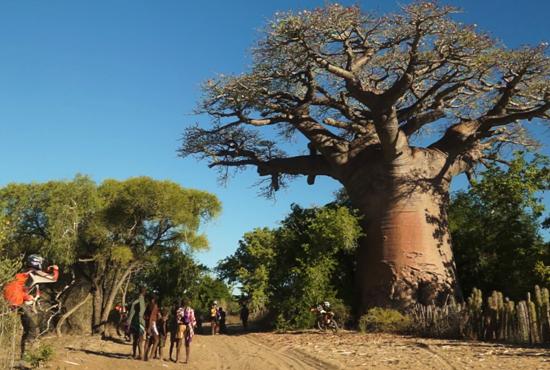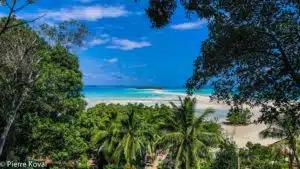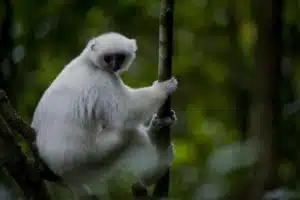The Flora of Different Biotopes in Madagascar
Over 80% of the vegetation in Madagascar is endemic to the island: Madagascar has one of the richest floral species in the world, distributed in various environments or ecosystems, almost unique in the world.
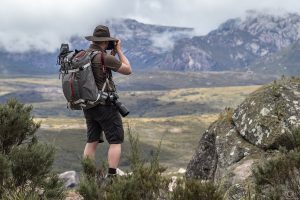
One must especially consider the radical difference between the flora of the eastern and western slopes of the island.
The central region has a diverse range of plant species, with a unique mix of endemic and exotic flora.
Madagascar is home to rare species that owe their presence to the presence of high mountains.
There are mountain ranges rising from 2000 to 2800 meters in height, hosting a subalpine flora where we find representatives of the flora of the boreal hemisphere.
What does typical vegetation in Madagascar look like?
The eastern flora covers all areas where the trade winds still arrive laden with moisture.
The western flora covers all areas where this wind arrives dry or with no moisture.
Plant life of the East
The east coast of Madagascar, facing the Indian Ocean, benefits from high levels of rainfall, which is the origin of the vegetation. 6 million hectares of tropical rainforest. It stretches along the entire coast, in a long narrow strip, at low altitude – below 800 meters.
Trees that grow in tight rows can reach heights of up to 30 meters. They are called Evergreens: they retain their leaves and remain green all year round.
Dalbergia, Uacapa, Symphonia… the tallest species form a high canopy, capturing maximum light to leave only a fairly dark area under the foliage. In the lower levels of the forest, we find the famous Pandanus, the palms, and above all many.
Types of Orchids.
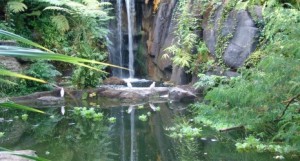
Madagascar’s dense rainforest is one of the most threatened forests in the world.
Only one third of the primary forest remains. To protect its unique ecosystems and biodiversity, as well as to raise awareness among visitors, numerous protected areas have been established.
In the east of Madagascar, there are many national parks known for their natural richness, with many of them classified as UNESCO World Heritage Sites.
The Ranomafana National Park and of course Masoala are some of the best examples.
On the west coast, the tropical dry forest and mangrove swamps
Madagascar’s tropical dry forest covers 2,580,000 hectares on the west coast of the Red Island, along the coast, rising to about 800 meters above sea level.
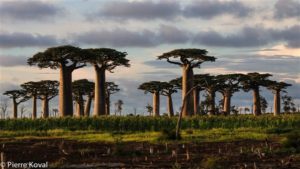
From the savannah to the lush rainforest, Madagascar’s diverse landscapes are home to a variety of plant species.
Among them are baobab trees, tamarinds, and palms.
Hidden in the thickets, you may sometimes come across a few turtles.
Like the dense rainforest, this ecosystem is also particularly threatened, falling victim to fires and intensive agriculture.
The Kirindy Mitea National Park is a beautiful example of a dry forest, as is the Tsingy de Bemaraha National Park, famous for its Tsingy “forest”.
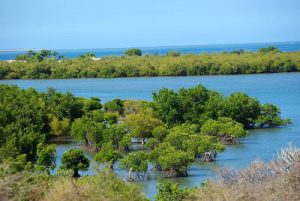
In the heart of the highlands: savannah and bush.
The central highlands of Madagascar stretch from north to south and are characterized by a variety of different biotopes. Rice terraces, savannas, and mountains shape the diverse landscapes.
Unlike other Malagasy ecosystems, this area is not considered to have the richest biodiversity, but the landscapes with ochre-colored laterite soils and green rice fields remain spectacular.
At the southern end of the highlands, a bushy area is concentrated: it looks like Australia, yet 80% of the species are found nowhere else.
The unique vegetation of Madagascar is unlike anything else on the planet.
A short forest of bushes and thorny scrub, with main species including Euphorbias, Didiereaceae, and Apocynaceae.
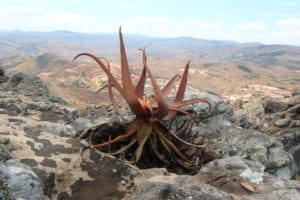
The road from Beloha to Ambovombe crosses the territory of the Androy through the bush. From the roadside, you can see prickly pears that the The region is known for its thorny bushes that form a natural barrier. It is also a breeding ground for Zebus and the cultivation of Sisal from Agave trees for ropes and carpets near the cities.
The microclimate of the region varies from dry plains to humid forests. Sambirano stands out for its unique species and location on the western slope, creating a microclimate that supports a mix of tropical and eastern vegetation types.
Sambirano, located in the western territory, shares similar species and forms with the east, showcasing a diverse range of flora. Explore more about Sambirano region here: https://www.urlaub-auf-madagaskar.com/wp-content/uploads/2016/03/Kakao-aus-Sambirano-e1595661821835.jpg. 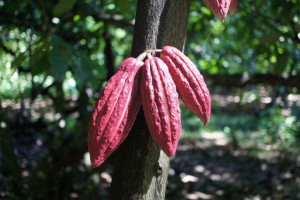
These three regions have imprecise boundaries, and one transitions imperceptibly from one region to another.
Madagascar has the particularity of having a very fertile land where everything grows.
Among all the listed plants on the island, 80 to 90% are endemic species. Due to its isolated location in the middle of the Indian Ocean, Madagascar has seen many plant and animal species thrive.
The degree of endemism is so high that there are no less than twelve
Madagascar is known for its unique biodiversity, with entire plant families that are endemic to the island.
This endemic species diversity is also due to a variety of climate zones: from the driest regions to moisture-saturated regions.
The country’s richness allows you to discover exceptional species such as orchids, baobabs, palms, ravenala, Madagascar jasmine, or succulent plants.



